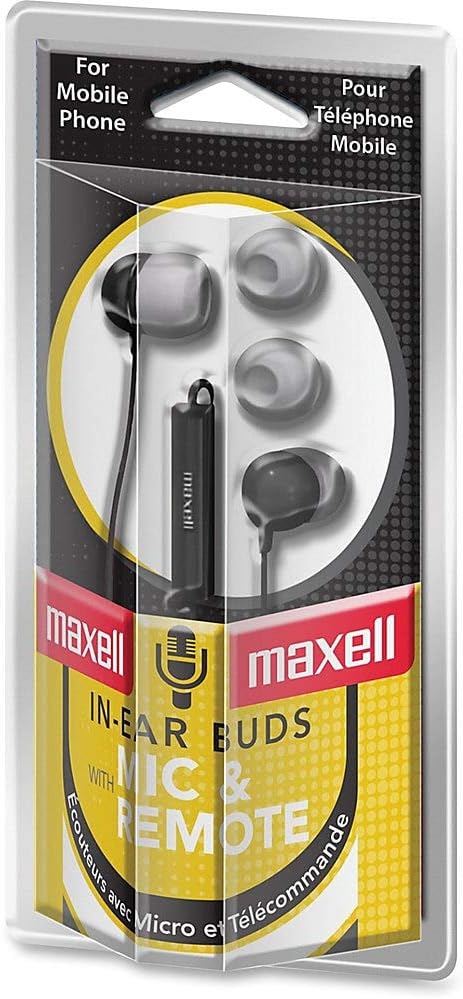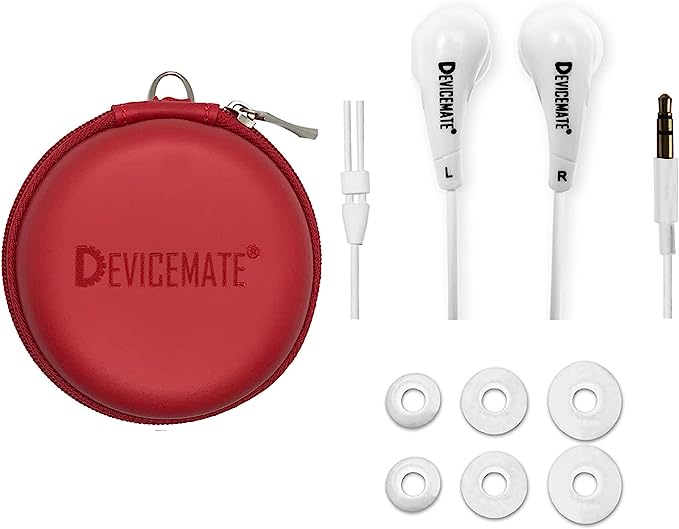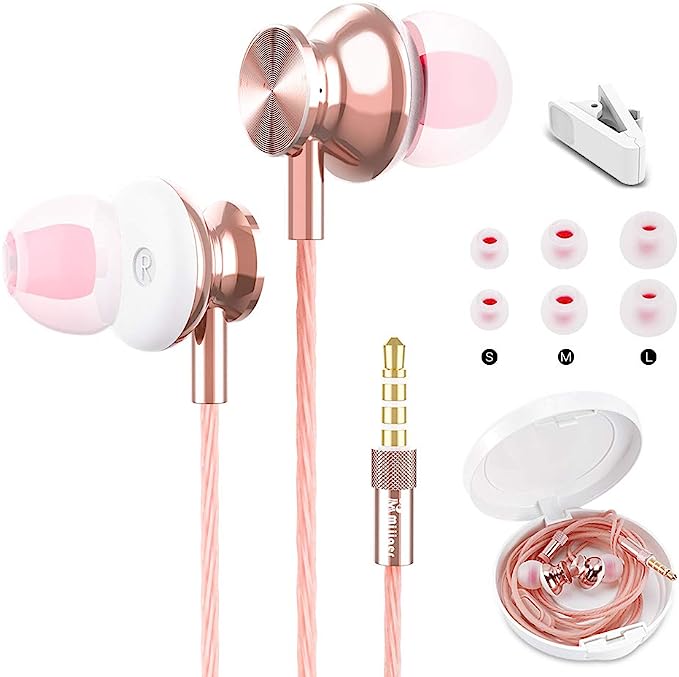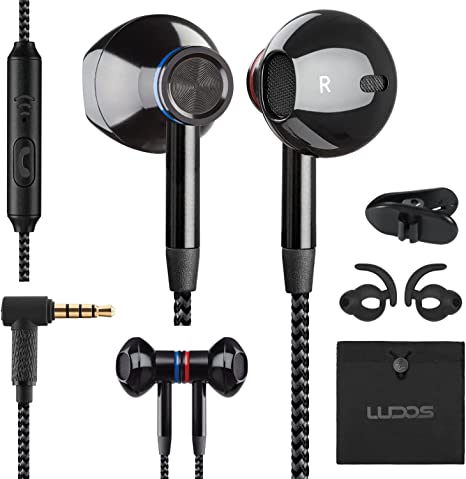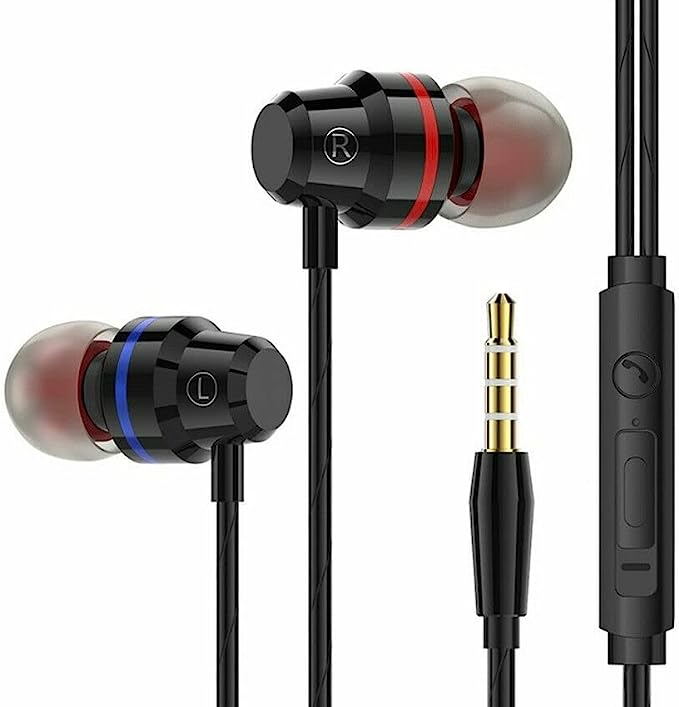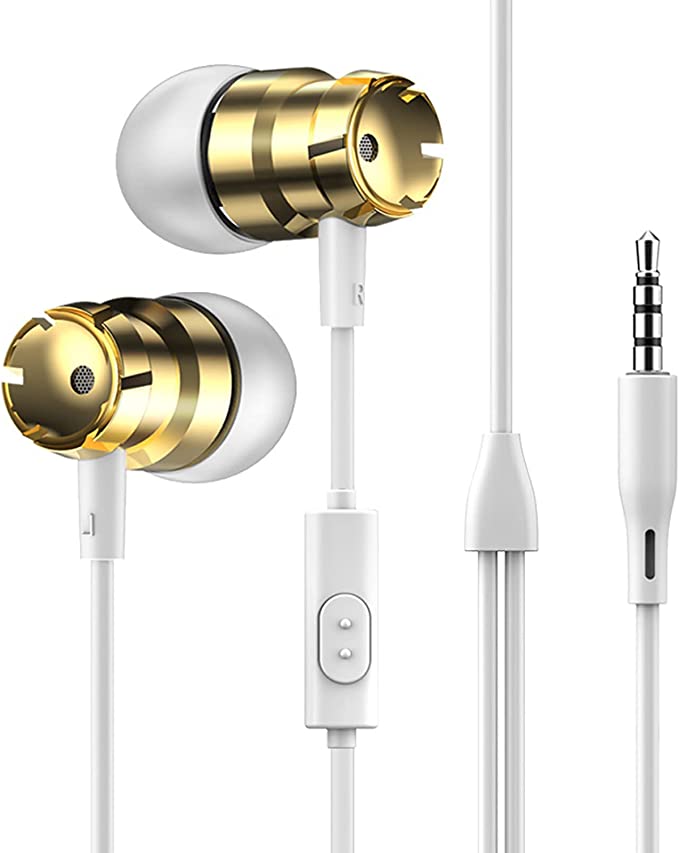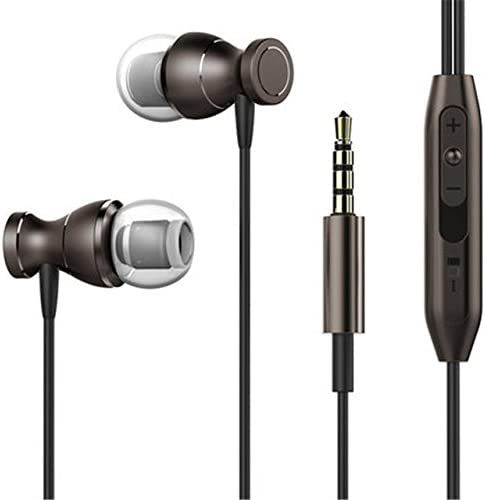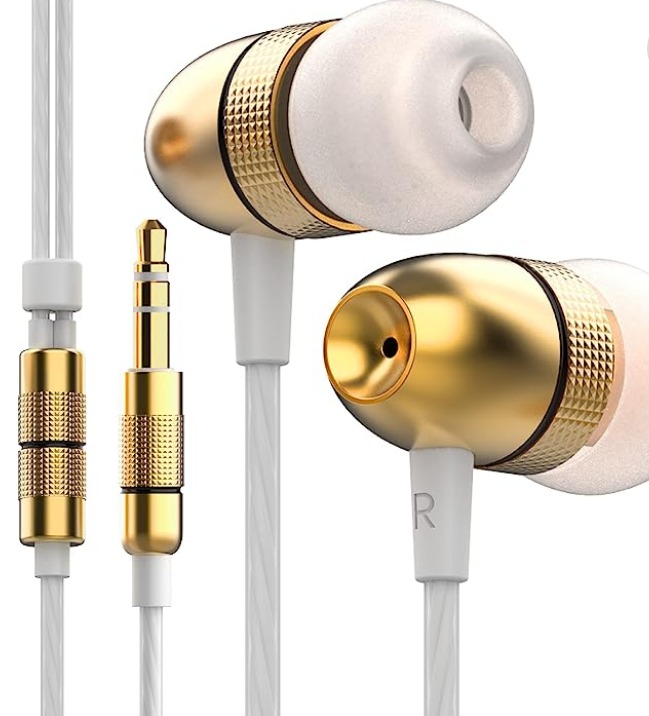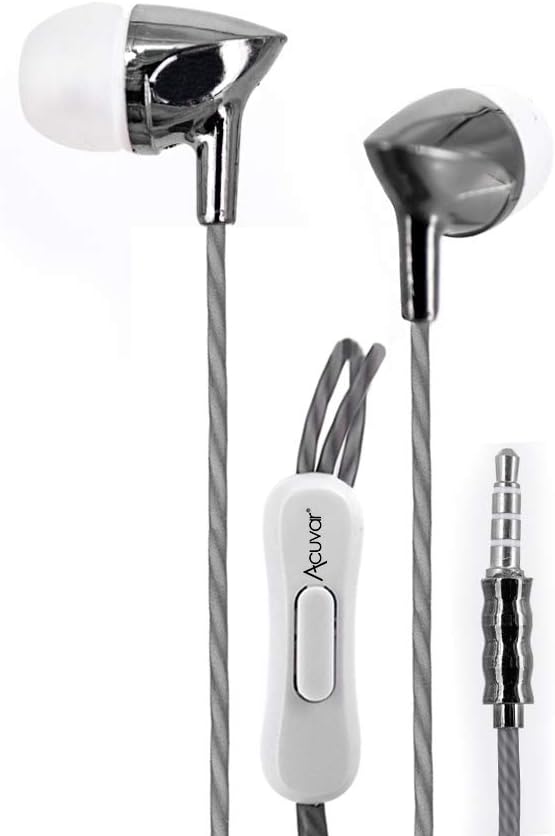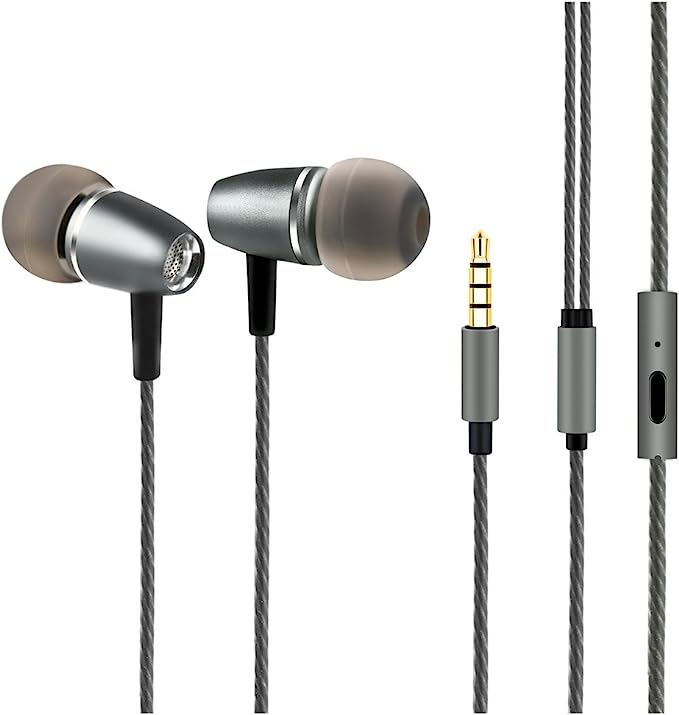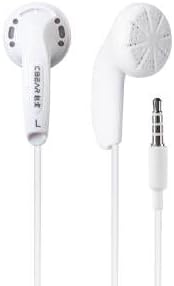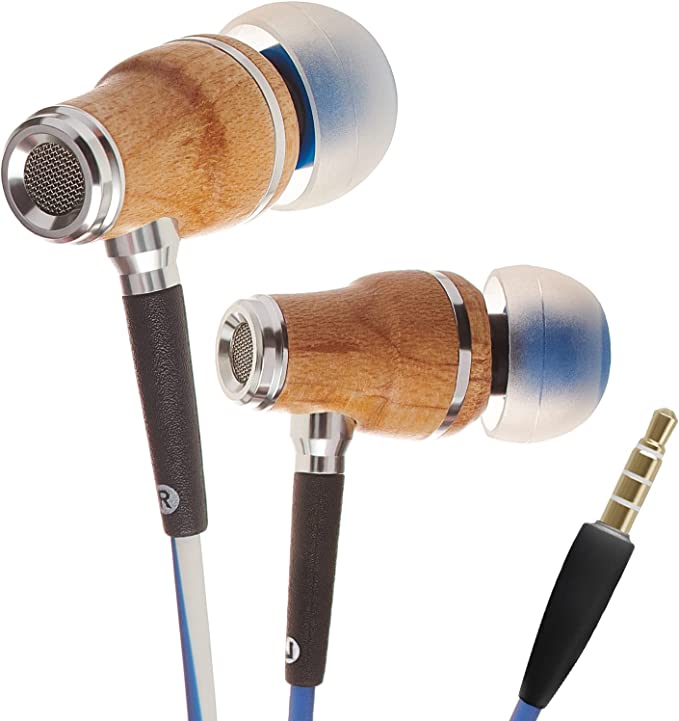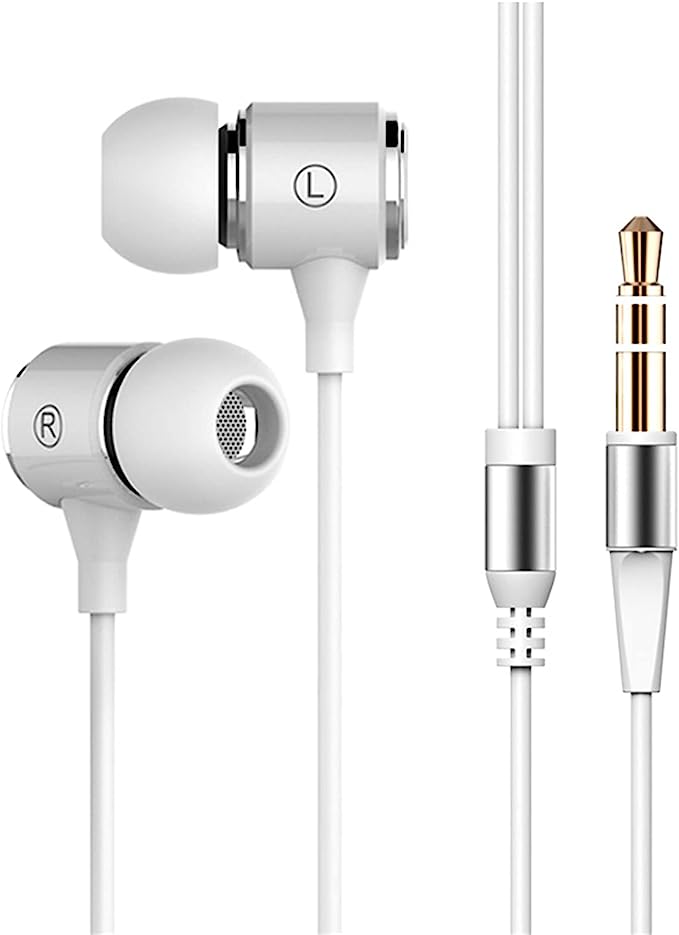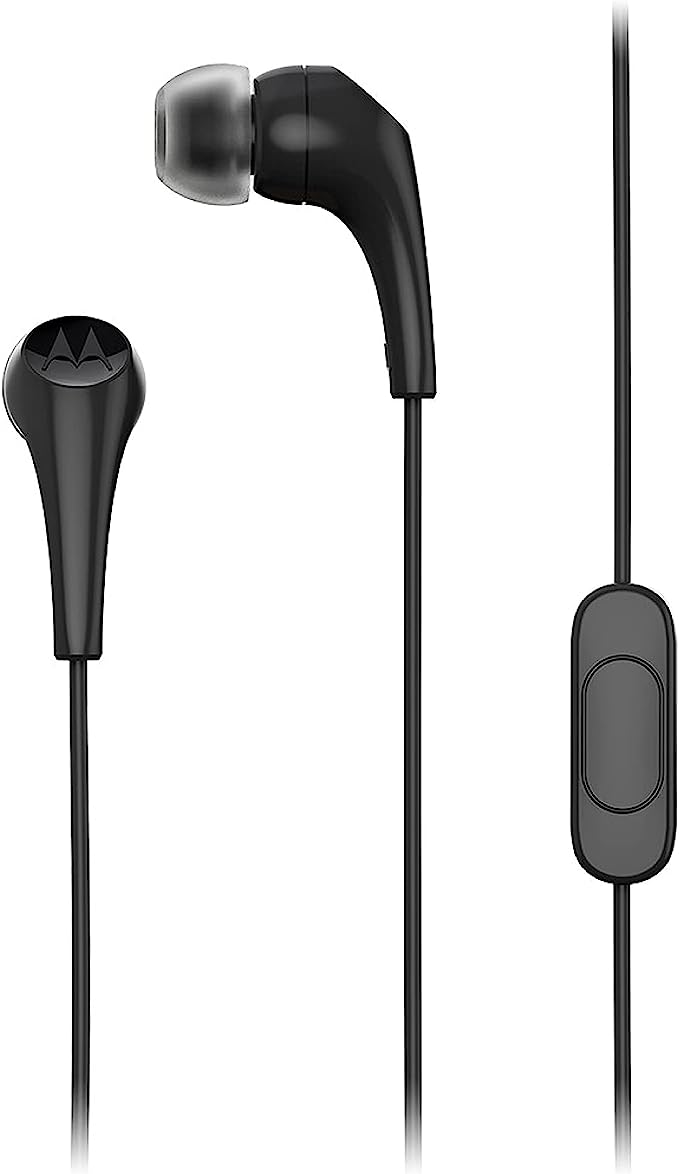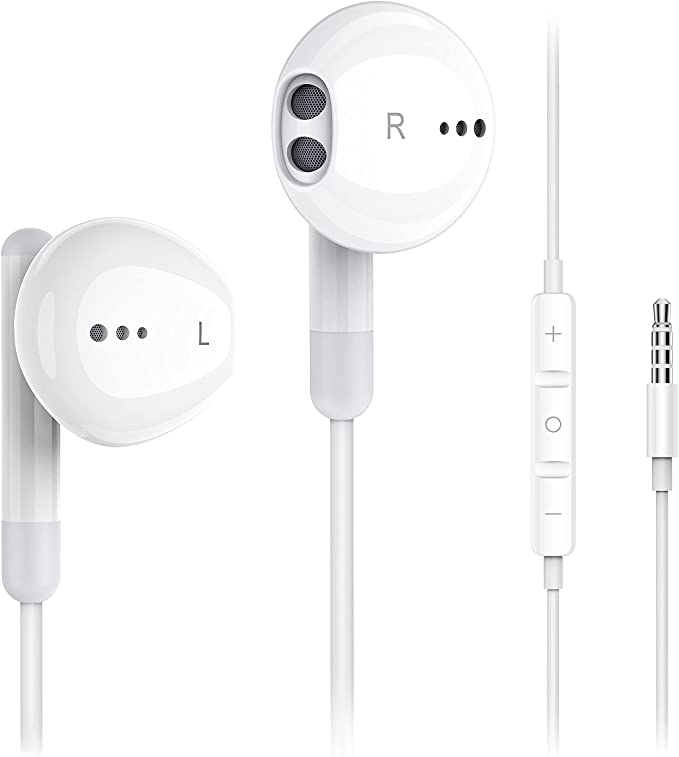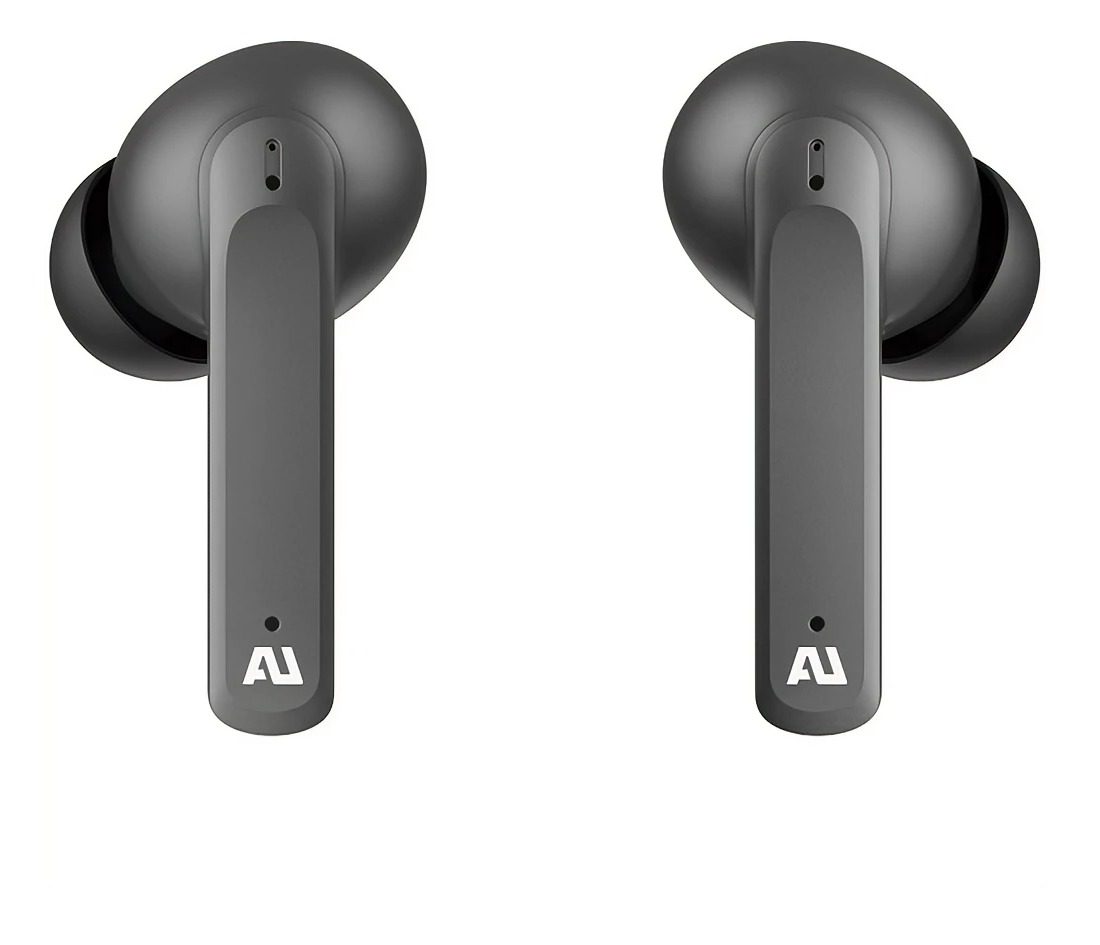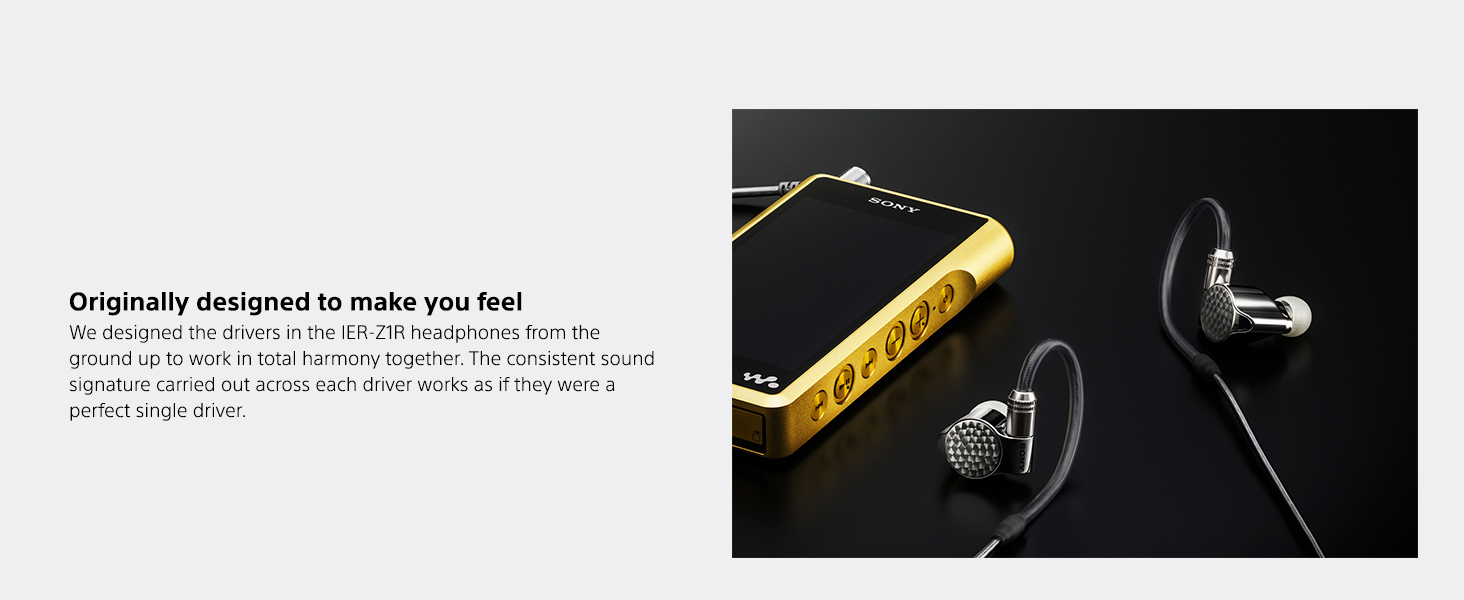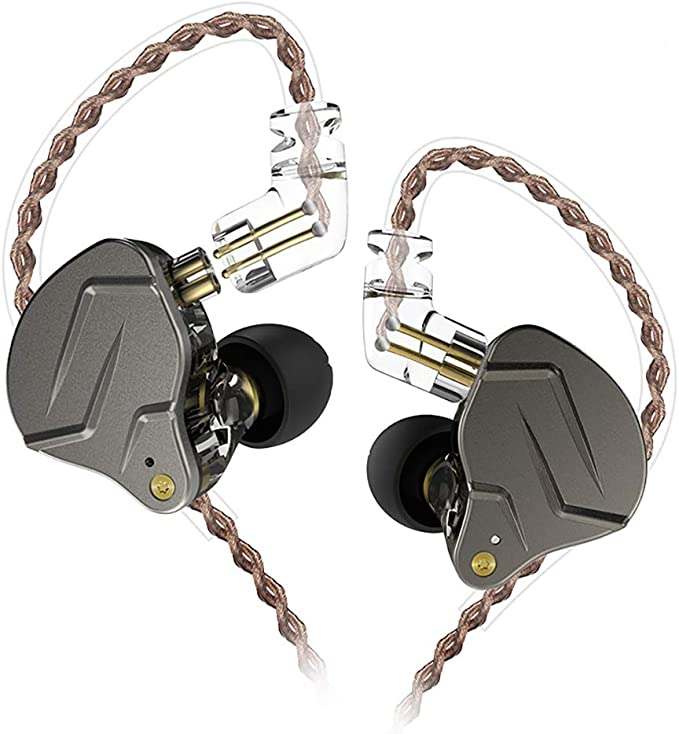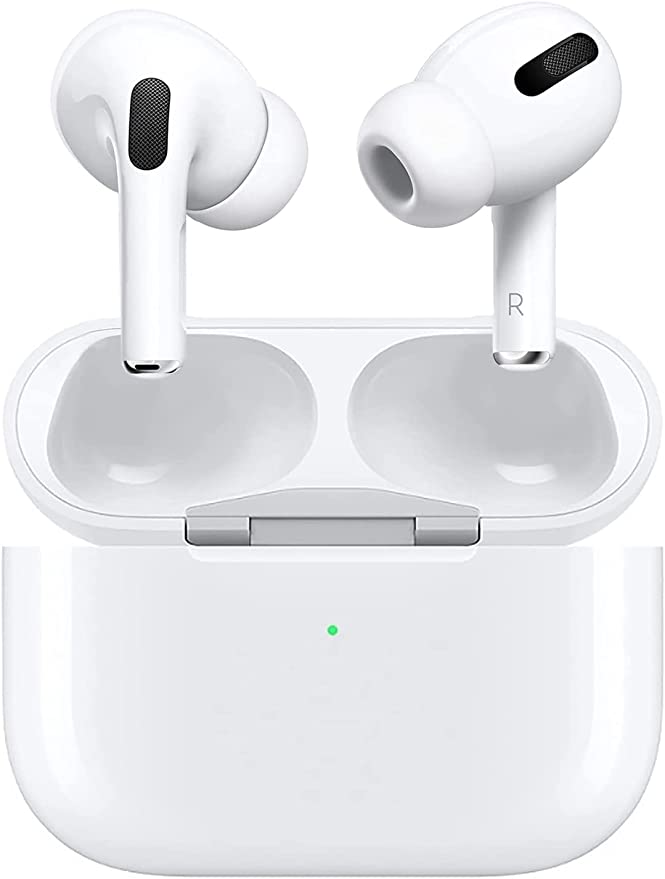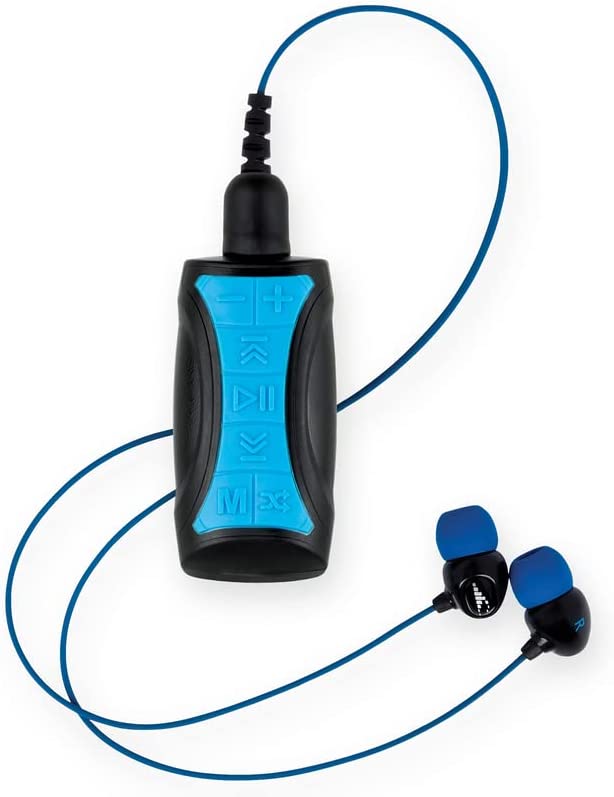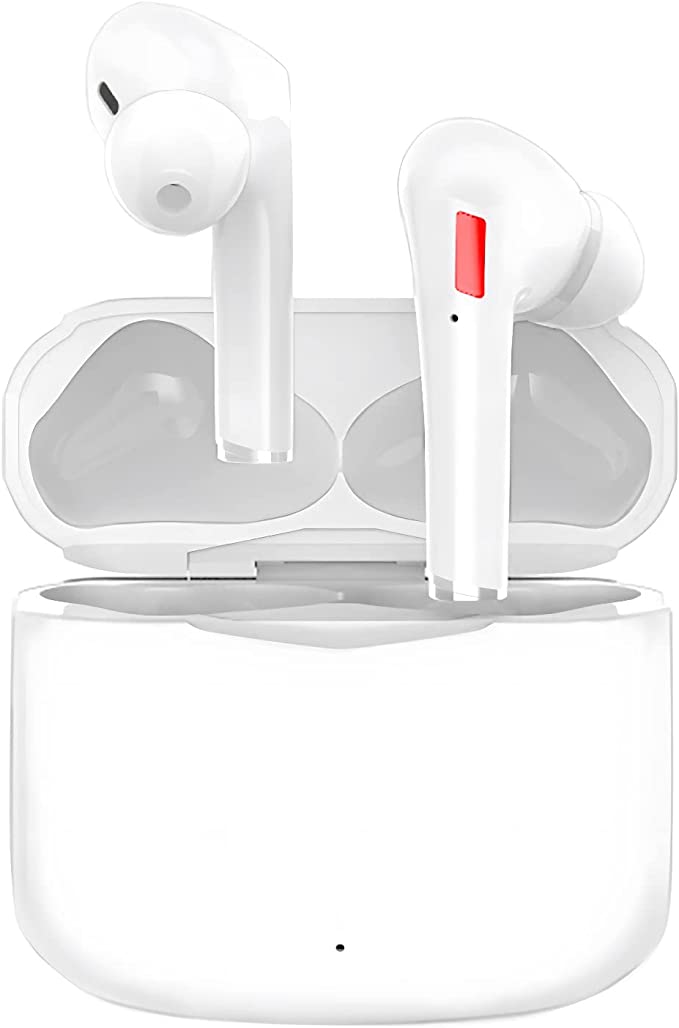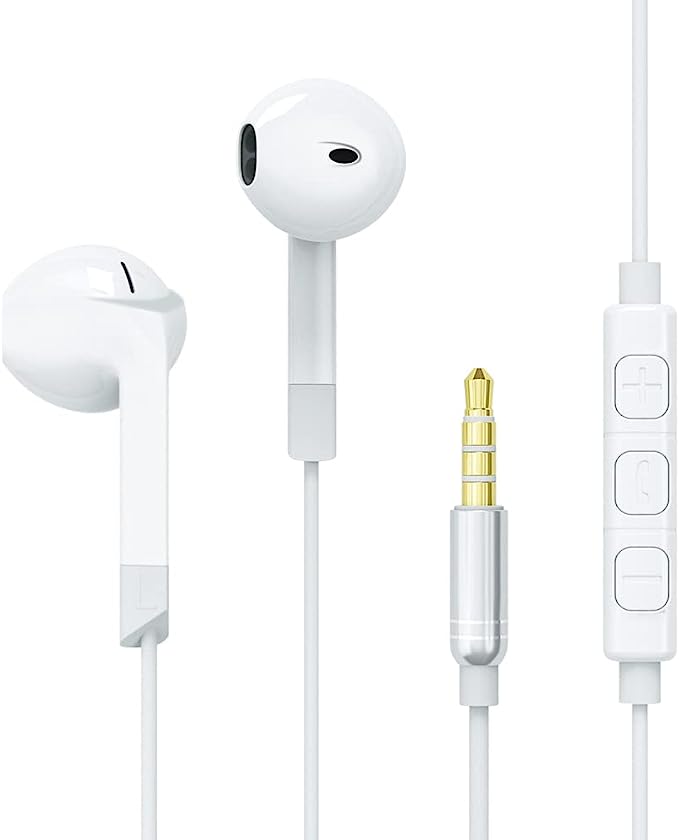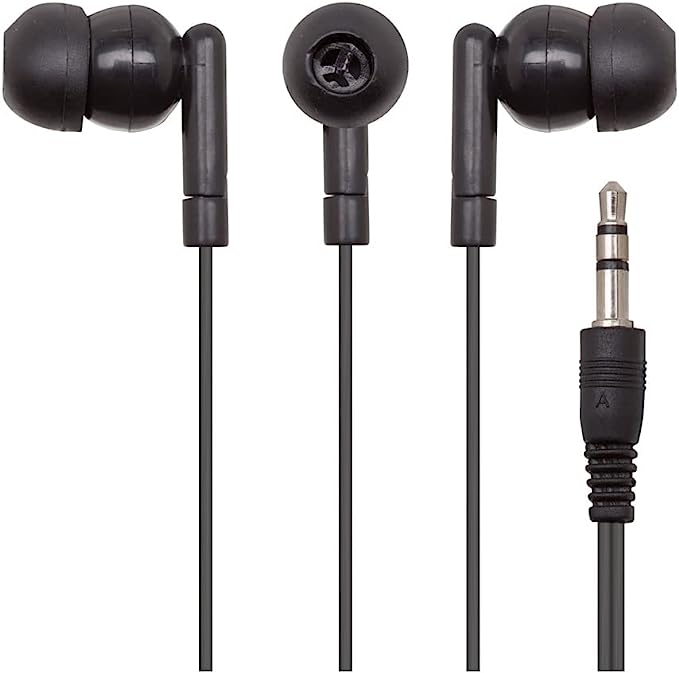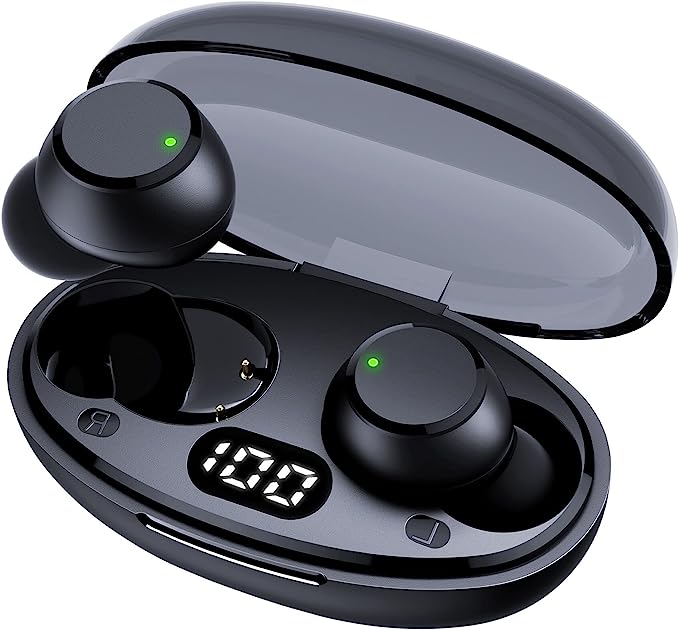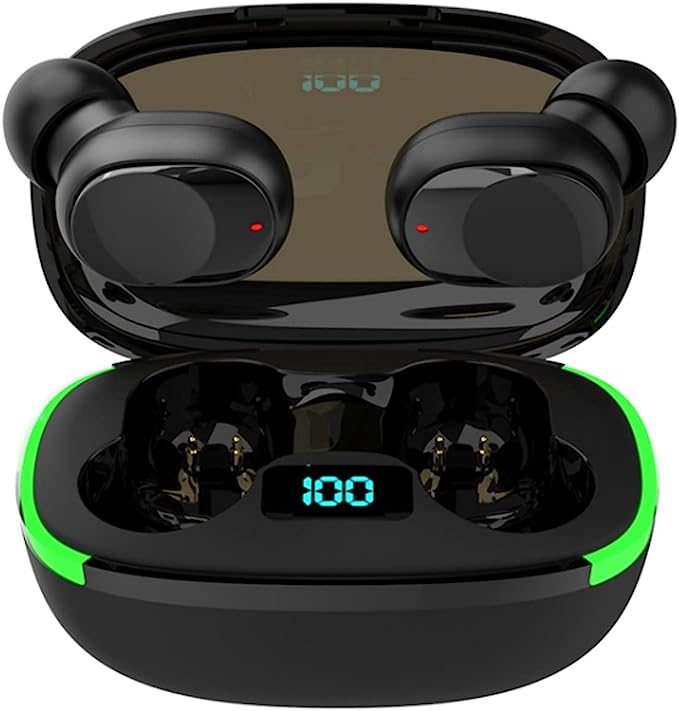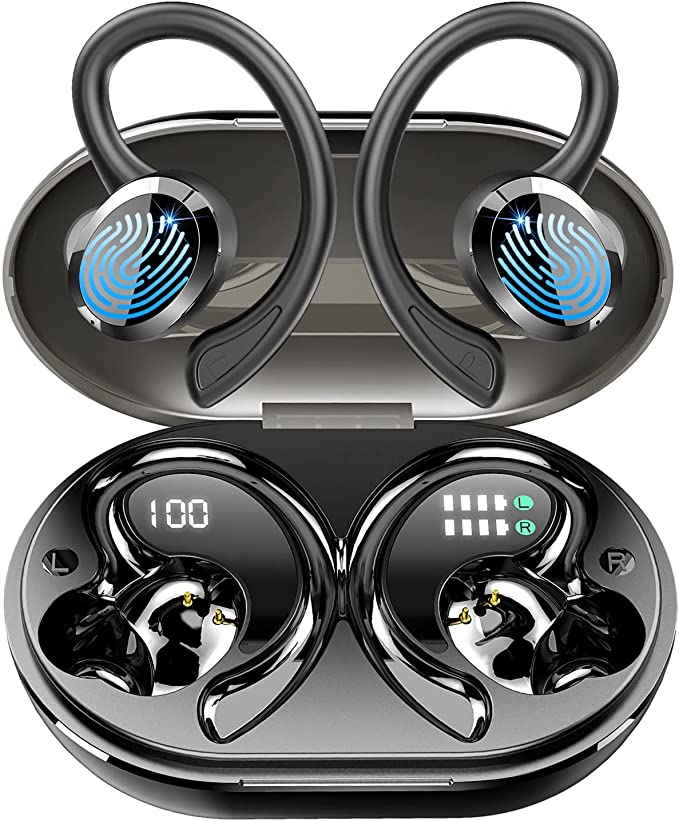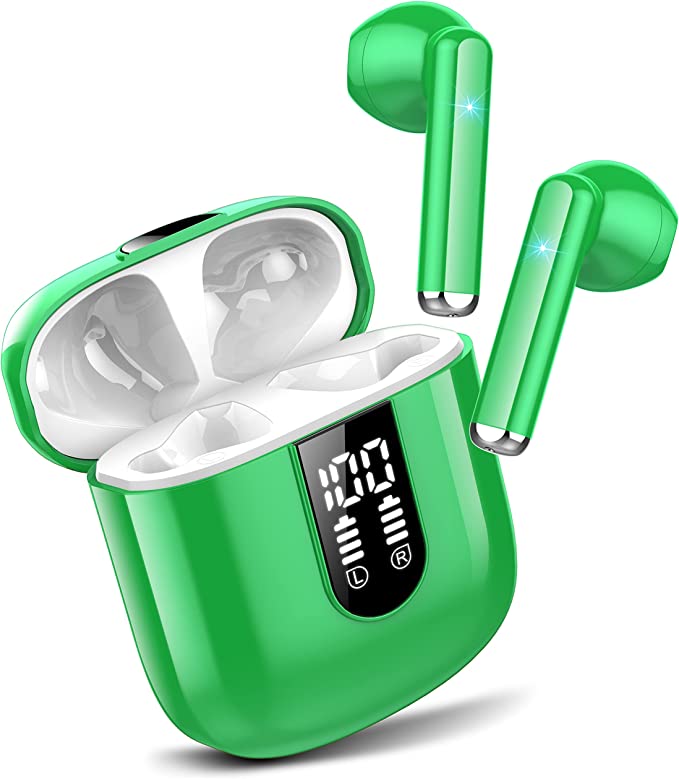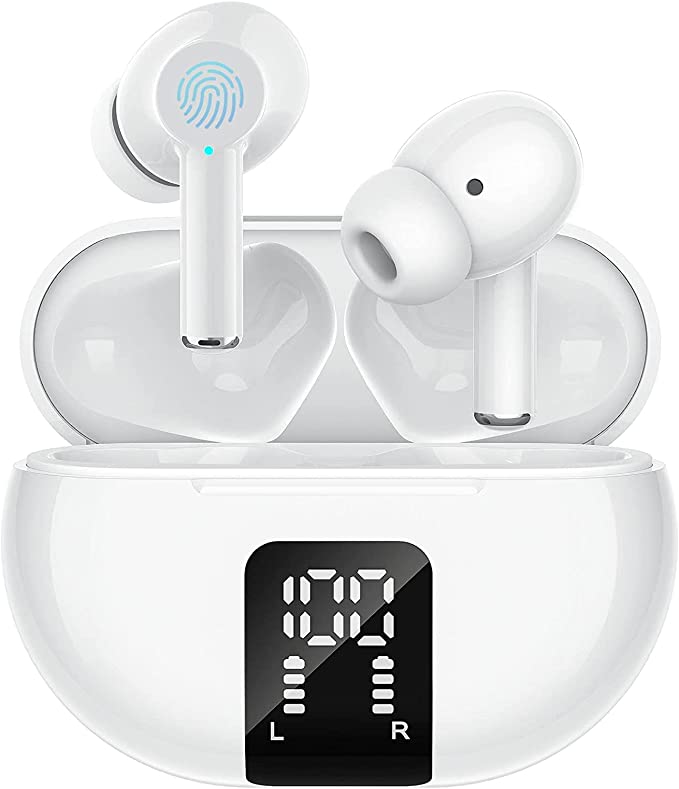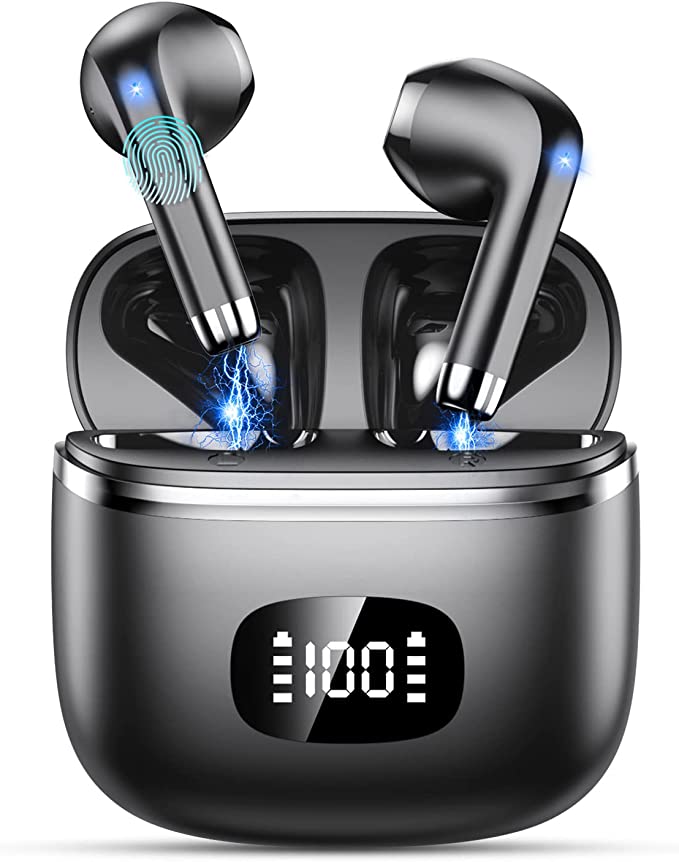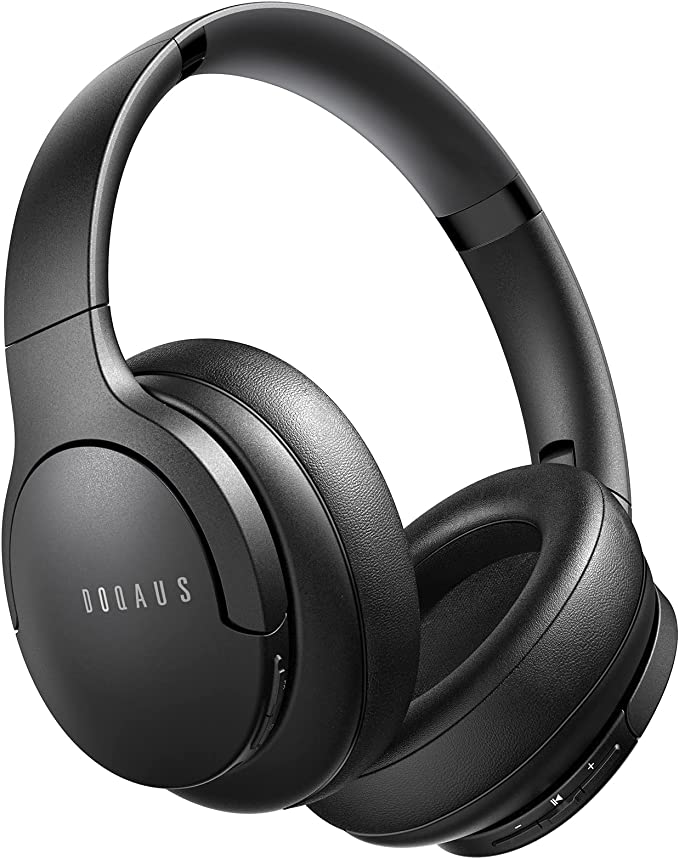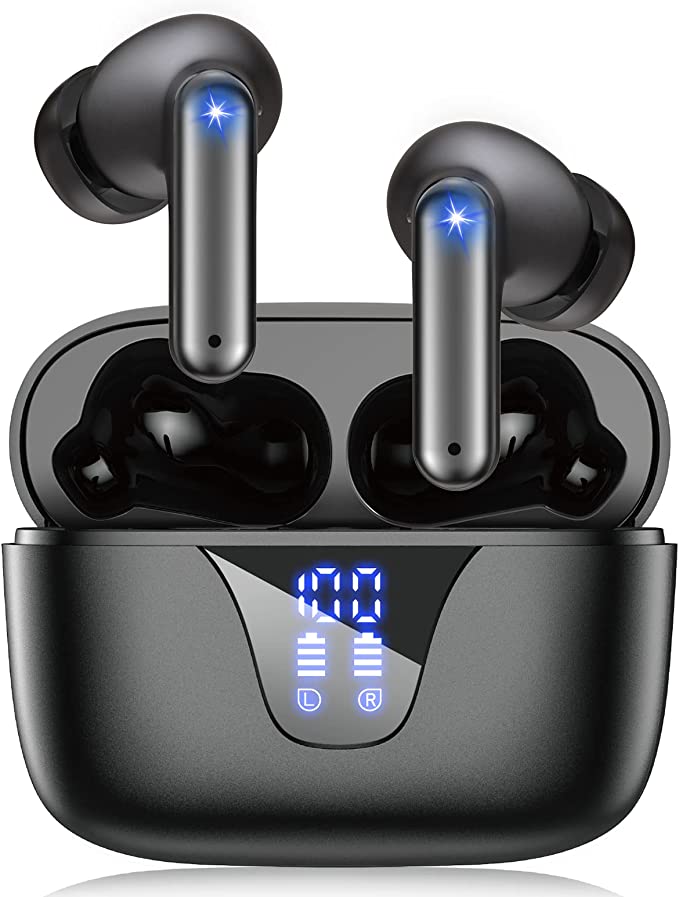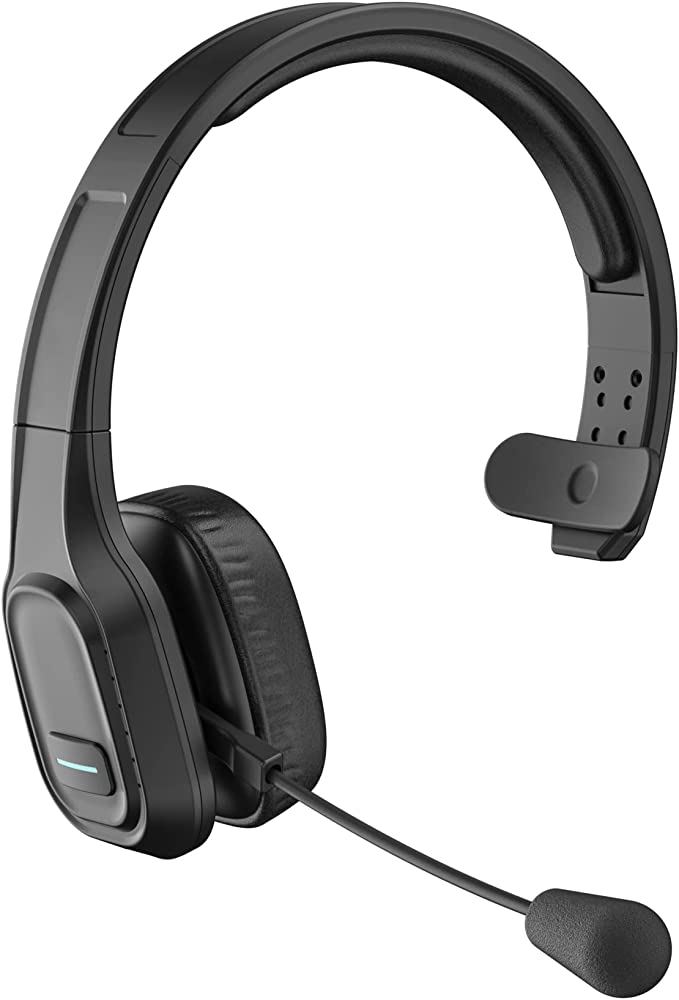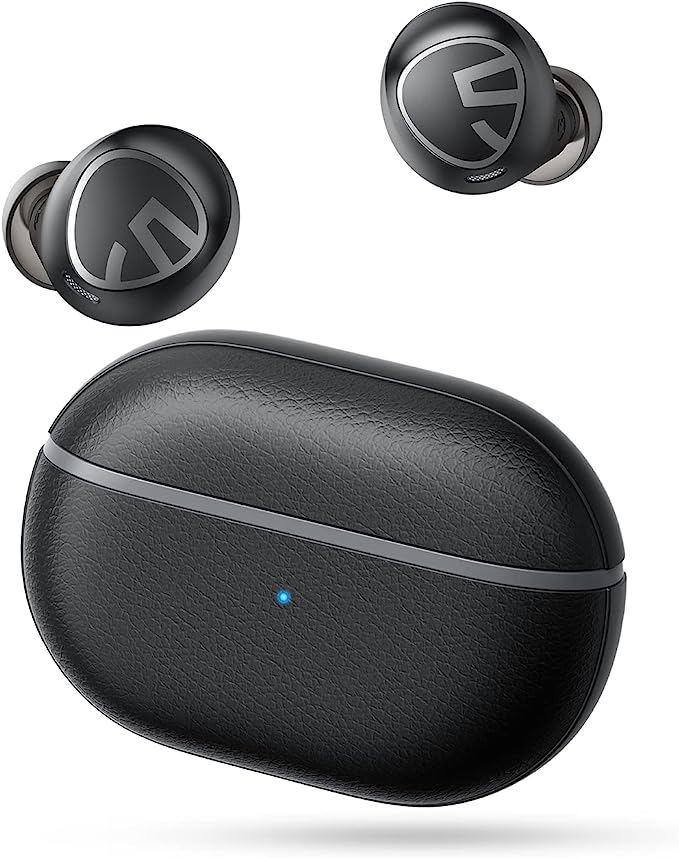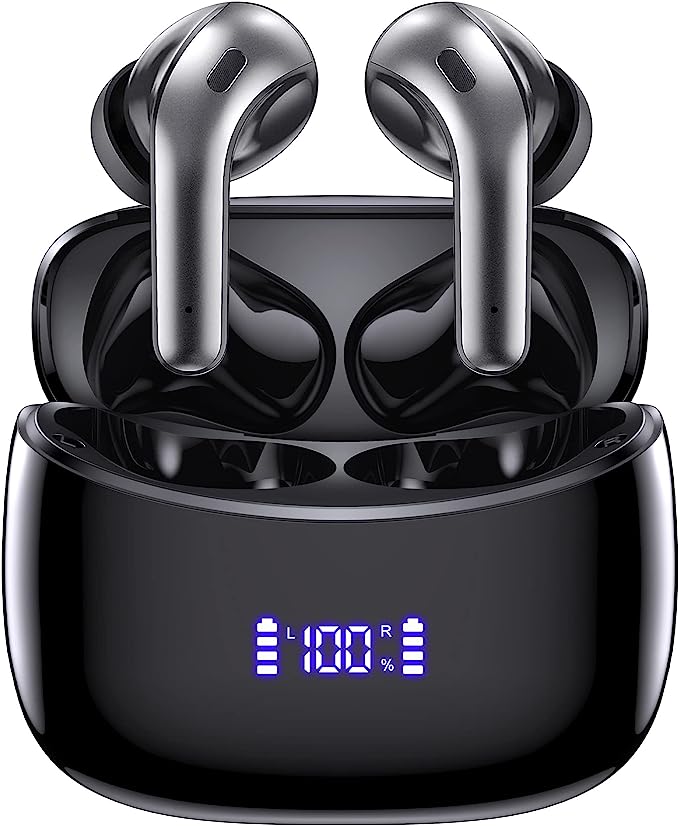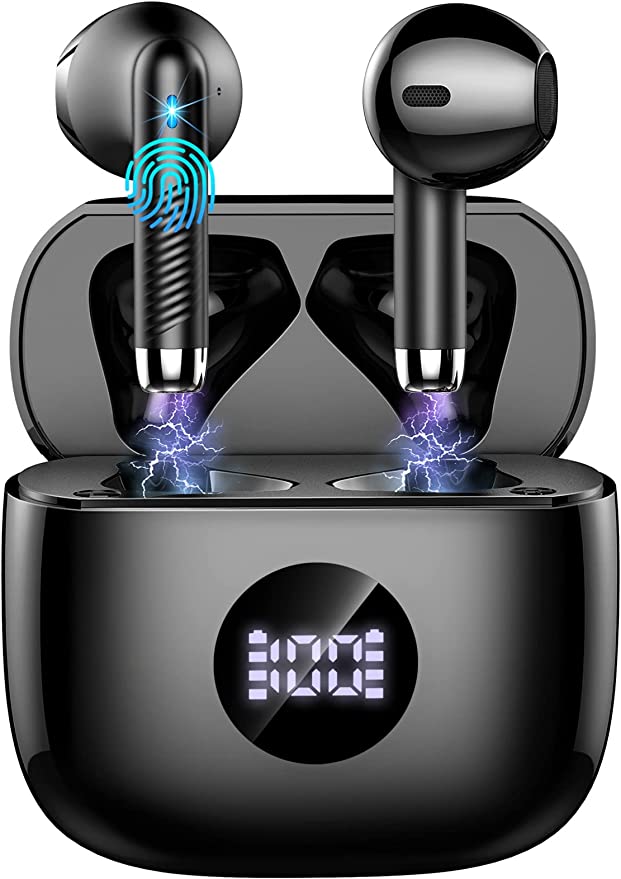Aylaa AY8 Wired Earbuds: Immersive Sound and Noise Isolation for Everyday Use
Update on March 20, 2025, 11:53 a.m.
We live in a world saturated with sound. From the rumble of traffic to the chime of notifications, our ears are constantly bombarded with auditory information. While some sounds are welcome – a favorite song, a loved one’s voice – much of it is simply noise: unwanted, intrusive, and even harmful. Finding moments of sonic peace can feel like a luxury, especially in bustling urban environments. This is where the seemingly humble earbud, like the Aylaa AY8, takes on a surprisingly important role. It’s not just about delivering audio; it’s about curating our auditory experience, creating a personal space of sound (or silence) amidst the chaos.

What is Sound, Anyway?
Before we dive into how the Aylaa AY8 manages sound, let’s take a step back and consider the fundamental nature of sound itself. It might seem obvious, but understanding the basics unlocks a deeper appreciation for the technology we use every day. Sound, at its core, is vibration. When an object vibrates – a guitar string, a vocal cord, a loudspeaker – it creates pressure waves that travel through a medium, usually air. These waves are characterized by their frequency and amplitude.
- Frequency: This refers to the number of waves that pass a given point per second, measured in Hertz (Hz). Higher frequency means more waves per second, and we perceive this as a higher pitch. A high-pitched whistle has a higher frequency than a low-pitched rumble. The human ear, in its prime, can typically hear frequencies ranging from about 20 Hz to 20,000 Hz, although this range narrows with age.
- Amplitude: This refers to the intensity or “size” of the wave. Larger amplitude means a more powerful wave, and we perceive this as greater loudness, measured in decibels (dB). A whisper might be around 20 dB, while a rock concert can reach 120 dB or more – a level that can cause hearing damage.
These waves, invisible to the eye, travel outward from the source, spreading and weakening as they go. When they reach our ears, they interact with a remarkable piece of biological engineering.

The Quiet Zone: How Passive Noise Isolation Works
The Aylaa AY8 earbuds, like many in-ear headphones, utilize passive noise isolation to reduce the amount of unwanted external sound that reaches your ears. Unlike active noise cancellation, which uses microphones and electronic circuitry to generate “anti-noise,” passive isolation relies entirely on physical barriers. It’s a surprisingly effective technique, and it all comes down to the principles of sound wave behavior.
Think of it like this: imagine you’re trying to have a conversation in a room with a noisy air conditioner. Closing the door will significantly reduce the amount of sound reaching you. The door acts as a physical barrier, reflecting and absorbing some of the sound waves’ energy. Passive noise isolation in earbuds works on the same principle, but on a much smaller scale.
The key is the seal. The Aylaa AY8 comes with interchangeable silicone ear tips in three sizes (small, medium, and large). Choosing the right size is crucial. The goal is to create a snug, airtight seal between the ear tip and your ear canal. This seal forms the primary barrier against external sound. When the seal is complete, sound waves have a much harder time traveling directly into your ear canal. They are forced to either reflect off the ear tip or try to penetrate the material, losing energy in the process.
The material of the ear tips themselves also plays a role. Silicone is a relatively dense, yet flexible material. This density helps to block sound, while the flexibility allows for a comfortable and secure fit. It’s a balance between acoustic performance and comfort.
It is, however, crucial to acknowledge the limitations. While passive noise isolation is effective at reducing many everyday sounds, especially higher-frequency noises, it’s not perfect. Low-frequency sounds, like the deep rumble of a bus engine, are harder to block because their longer wavelengths are more likely to diffract (bend) around obstacles. This is where active noise cancellation can offer an advantage, but it also adds complexity and cost.

Beyond Blocking: Crafting the Sound You Do Hear
Of course, earbuds aren’t just about keeping sound out; they’re also about delivering sound in. This is where the drivers come into play. The driver is the miniature loudspeaker inside each earbud, responsible for converting electrical signals into the sound waves you hear. While the provided specifications for the Aylaa AY8 don’t explicitly state the driver type, it’s highly likely that they use dynamic drivers, the most common type found in consumer headphones.
Dynamic drivers work on the principle of electromagnetism. A small coil of wire (the voice coil) is attached to a diaphragm (a thin, flexible membrane). When an electrical audio signal passes through the coil, it creates a fluctuating magnetic field. This field interacts with a permanent magnet within the driver, causing the coil – and the attached diaphragm – to vibrate. These vibrations create the sound waves that travel to your ears.
The description of the Aylaa AY8 mentions “bass-driven” sound. This suggests that the drivers are tuned to emphasize the lower frequencies, providing a richer, more powerful bass response. This is often achieved by using a larger diaphragm or a specific voice coil and magnet design. While a strong bass can be enjoyable for many types of music, it’s important that it doesn’t overpower the other frequencies. The description also mentions “clarity,” indicating that the earbuds are designed to reproduce a wide range of frequencies with good detail, allowing you to distinguish individual instruments and vocals.
The ideal, of course, would be a perfectly “flat” frequency response, meaning the earbud reproduces all frequencies at the same level. In reality, most headphones have some degree of coloration, emphasizing certain frequencies over others. This is often a matter of design choice and personal preference.
While we don’t have the exact frequency response curve for the Aylaa AY8, understanding the concept is helpful. A frequency response curve is a graph that shows how loud the headphone reproduces each frequency across the audible range. A flat line would indicate a perfectly neutral response, while peaks and dips indicate emphasis or de-emphasis of certain frequencies.
Another two specifications that often play a role in headphone characteristics are the impedance and the sentivity, although no values are provided in the product data:
-
Impedance: Measured in ohms (Ω), impedance is a measure of how much a headphone resists the flow of electrical current. Higher impedance headphones generally require more power to achieve a given volume level. Matching the impedance of your headphones to the output impedance of your audio source (phone, laptop, etc.) is ideal for optimal power transfer, but it’s less critical with low-impedance headphones designed for portable devices.
-
Sensitivity: Measured in decibels per milliwatt (dB/mW) or decibels per volt (dB/V), sensitivity indicates how loud the headphones will play at a given power level. Higher sensitivity means the headphones will play louder with less power. This is particularly important for portable devices with limited battery life.
While the provided information lacks these specifications, it highlights the importance of these factors in the broader context of headphone performance.
The Cable Connection: Why Wired Still Matters
In a world increasingly dominated by wireless technology, the Aylaa AY8’s wired connection might seem like a throwback. However, there are compelling reasons why wired headphones remain relevant, and even preferable, for many users.
- Sound Quality: Perhaps the most significant advantage of wired headphones is the potential for lossless audio transmission. Wireless technologies, like Bluetooth, rely on compression to transmit audio signals, which can degrade sound quality, especially at lower bitrates. Wired connections, on the other hand, transmit the audio signal directly, without any compression. This means you’re hearing the music as it was intended, with all its detail and nuance.
- Latency: Wireless connections can introduce latency, a slight delay between the audio source and the headphones. This isn’t usually noticeable when listening to music, but it can be a significant problem for gaming or watching videos, where even a small delay can disrupt the synchronization between audio and visuals. Wired headphones have virtually zero latency, ensuring perfect synchronization.
- Reliability: Wireless connections can be susceptible to interference and dropouts, especially in environments with a lot of wireless activity. Wired connections are inherently more stable and reliable, providing a consistent listening experience.
- No Batteries: Wired headphones don’t require batteries, which means you never have to worry about running out of power in the middle of a listening session. This is a significant advantage for long commutes, travel, or extended use.
Of course, wired headphones also have their drawbacks. The cable can be inconvenient, restricting movement and potentially getting tangled. But for users who prioritize sound quality, stability, and simplicity, the wired connection remains a compelling choice.
Built to Last, Designed to Fit
The Aylaa AY8 isn’t just about sound; it’s also about practicality and comfort. The 4-foot cable is made of TPE (Thermoplastic Elastomer), a material chosen for its combination of flexibility, durability, and environmental friendliness. TPE is resistant to tangling, tearing, and abrasion, making it well-suited for everyday use. It’s also a more sustainable alternative to some other cable materials.
The ergonomic design of the earbuds is another key feature. The angled shape is intended to fit the natural contours of the ear canal, providing a comfortable and secure fit. This is important not only for comfort but also for maintaining the airtight seal that’s essential for passive noise isolation. The inclusion of three different sizes of silicone ear tips (small, medium, and large) allows users to customize the fit to their individual ear shape, maximizing both comfort and noise isolation.

Making the Connection
The Aylaa AY8 utilizes the ubiquitous 3.5mm audio jack. This standard connector ensures compatibility with a vast array of devices, including smartphones, tablets, laptops, computers, and portable gaming consoles. While some newer smartphones have eliminated the 3.5mm jack in favor of wireless audio or USB-C connections, the 3.5mm jack remains a widely supported standard, particularly on devices where audio quality and low latency are priorities. The provided information correctly points out that for devices without a built-in 3.5mm port, a separate adapter (not included) will be required.
More Than Meets the Ear (Optional)
The technology behind headphones, even seemingly simple ones like the Aylaa AY8, is a fascinating blend of physics, engineering, and design. The quest for better sound reproduction has driven innovation for over a century, from the earliest telephone receivers to today’s sophisticated noise-canceling headphones. And it’s not just about technology; it’s about our relationship with sound itself.
Sound plays a crucial role in our lives, shaping our emotions, influencing our moods, and connecting us to the world around us. The ability to control our auditory environment, to choose what we hear and what we don’t, is a powerful tool. It allows us to focus, to relax, to be entertained, and to connect with others.
The Aylaa AY8 is a small embodiment of that. It delivers a blend of acoustic principles, providing good-quality audio in a design that combats the unwanted noises, reflecting a larger pursuit – the constant quest for quality sound in our complex modern world.
Conclusion: The Value of Understanding
The Aylaa AY8 wired earbuds, while seemingly simple, represent a convergence of acoustic principles and practical design. They offer a reminder that even in an age of increasingly complex technology, a solid understanding of fundamental principles can lead to effective and affordable solutions. By understanding how passive noise isolation works, how drivers produce sound, and why a wired connection can still be advantageous, we can appreciate the Aylaa AY8 not just as a product, but as a tool for shaping our auditory experience. The value lies not just in the device itself, but in the understanding of why it works the way it does. This knowledge empowers us to make informed choices about the technology we use and to appreciate the subtle science that shapes our everyday lives.
